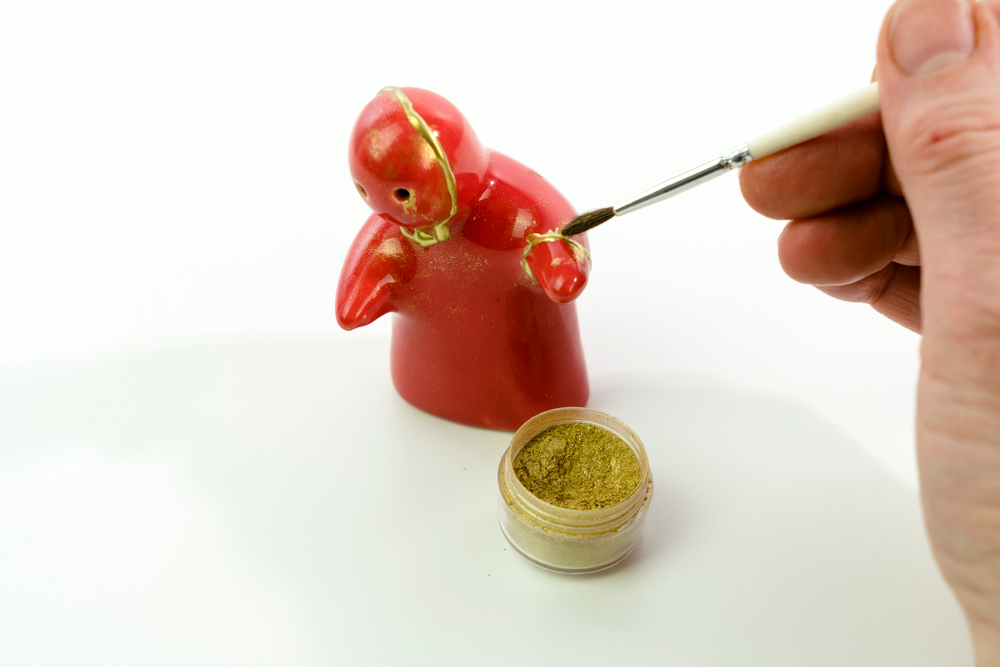In a world that prizes perfection, where filters accentuate what is “desirable” to the next level, and 50% of employees admit to covering at work, how can broken ceramics fixed with lacquer and gold help us?
This is the question that business experts and workplace culture professionals are trying to explore, with Kintsugi.
What is Kintsugi?
A 500-year-old Japanese technique of joining broken pieces of pottery together with lacquer and powdered gold, Kintsugi cherishes the very cracks that most people are afraid to reveal.
It allows each breakage to become a real part of the whole piece, encouraging people to be honest and vulnerable with each other instead of trying to conceal their problems or their human foibles under a mask of perfection. Think of the times that your teammate didn’t ask for help because he wanted to seem capable of handling things himself only to end up missing the deadline. Or the long-time LGBTQ employee who still feels uncomfortable celebrating Pride Month at work because of the fear of being judged by peers for “mixing” professional and personal life.
A part of the Wabi Sabi approach to life
Kintsugi is an extension of the larger Japanese ethos of Wabi-Sabi, which embraces the simplicity and imperfections of life. Professor Tanehisa Otabe of Tokyo University highlights that Wabi-Sabi is vital to building an acceptance and appreciation of everyday life and realities, both sweet and harsh, in a society like Japan, which is impacted by frequent natural disasters. For us in a post-Covid VUCA world, this ethos is just as essential, and can inform our conscious efforts to shape our workplace culture and team dynamics, moving forward.
In the next post, we’ll explore how the practice of Kintsugi can be applied at work and how that helps make the workplace more human, and accepting of mistakes and flaws. Stay tuned.








